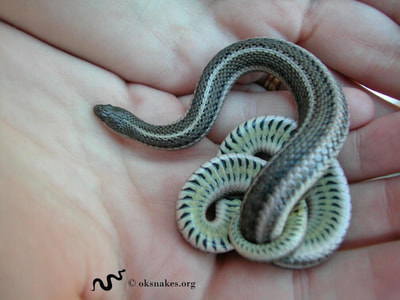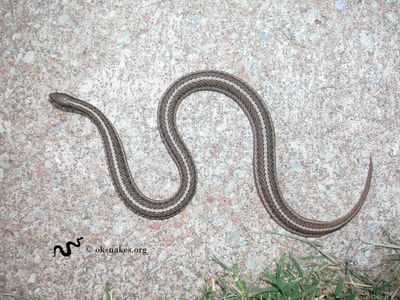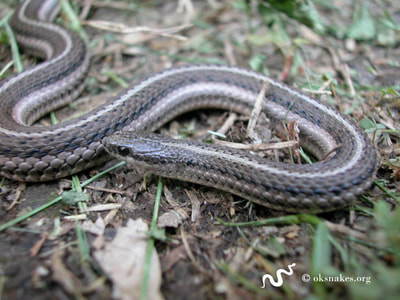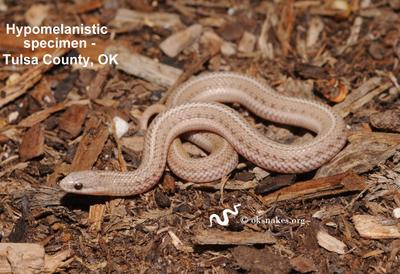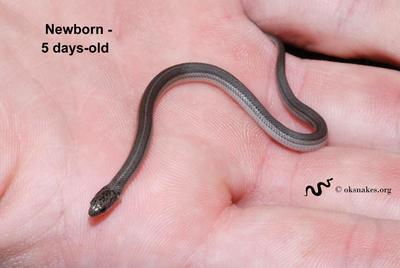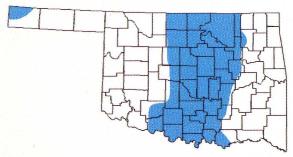Lined snake
Tropidoclonion lineatum
Tropidoclonion lineatum
HARMLESS
Description:
This small snake is light to dark gray with three distinct white to pale-gray stripes running the length of its body. The belly is pale and has two rows of half-moon shaped spots running down the midline. The scales are keeled and the anal plate is single.
Size:
Adults 7 - 16 inches (18 - 41 cm)
Prey:
Earthworms
Reproduction:
Mates in late fall and also in early spring after overwintering. Females give birth to 2 - 12 live young around August. Babies are about 4 - 5 inches (10 - 13 cm) long.
Habitat:
Prairies, thinly wooded areas, and vacant suburban lots
Other Information:
Lined snakes are primarily nocturnal and can often be found in urban settings. They are common in vacant lots, parks, and grassy areas in cities, where they are usually discovered underneath debris or piles of trash. They will often emit musk when captured, but rarely ever attempt to bite.
Why doesn't the range map show this species in my county?
Description:
This small snake is light to dark gray with three distinct white to pale-gray stripes running the length of its body. The belly is pale and has two rows of half-moon shaped spots running down the midline. The scales are keeled and the anal plate is single.
Size:
Adults 7 - 16 inches (18 - 41 cm)
Prey:
Earthworms
Reproduction:
Mates in late fall and also in early spring after overwintering. Females give birth to 2 - 12 live young around August. Babies are about 4 - 5 inches (10 - 13 cm) long.
Habitat:
Prairies, thinly wooded areas, and vacant suburban lots
Other Information:
Lined snakes are primarily nocturnal and can often be found in urban settings. They are common in vacant lots, parks, and grassy areas in cities, where they are usually discovered underneath debris or piles of trash. They will often emit musk when captured, but rarely ever attempt to bite.
Why doesn't the range map show this species in my county?
